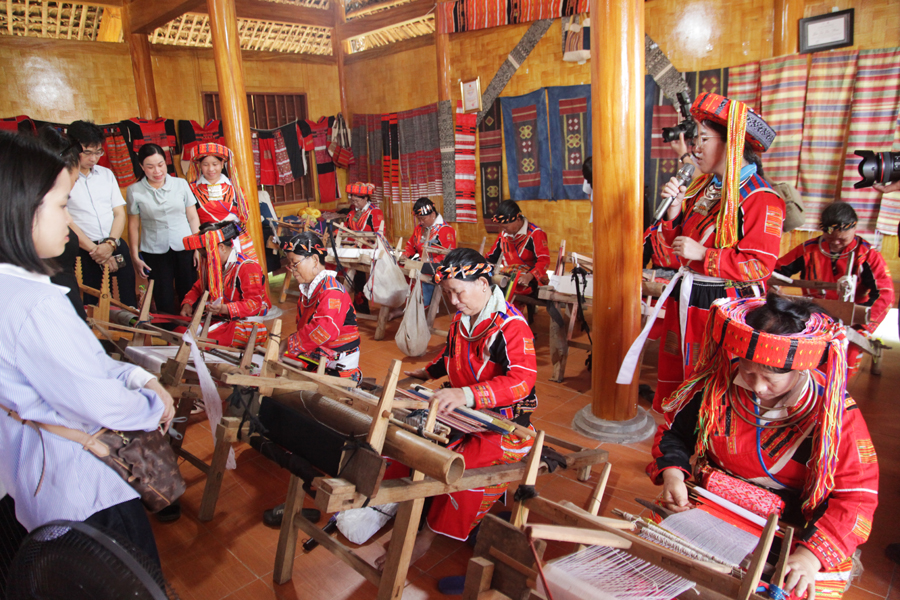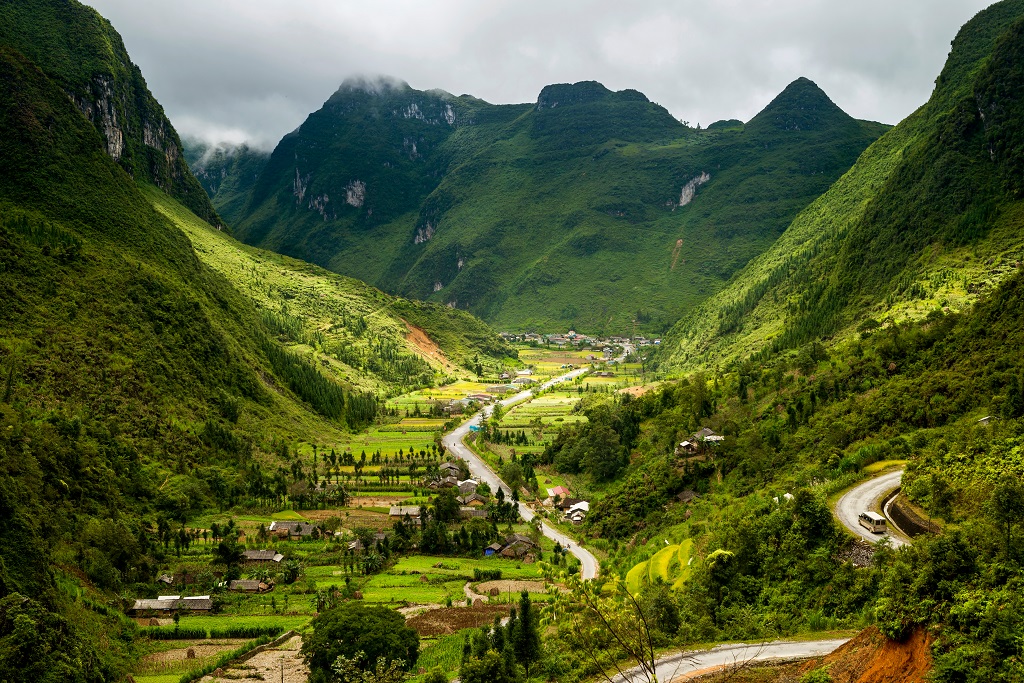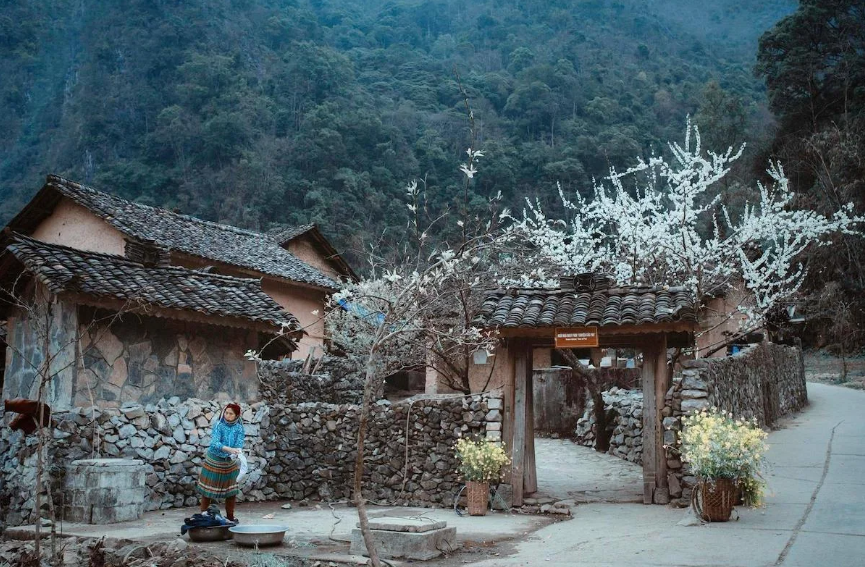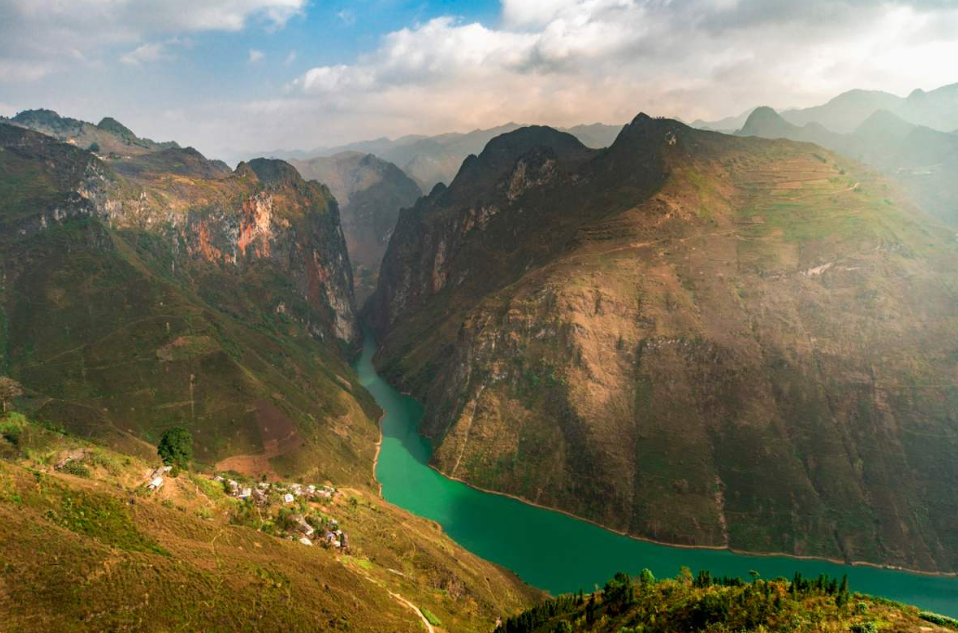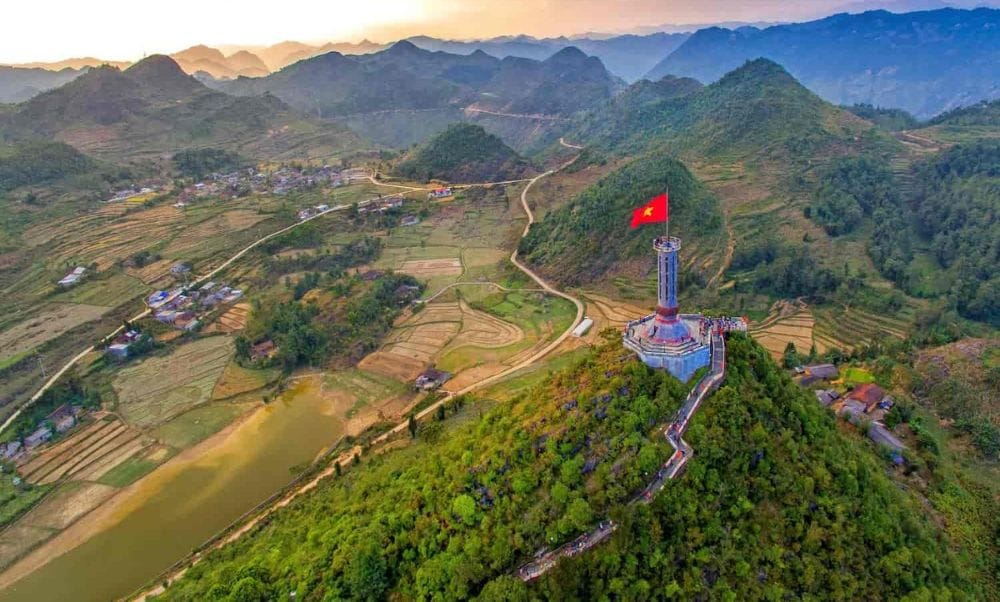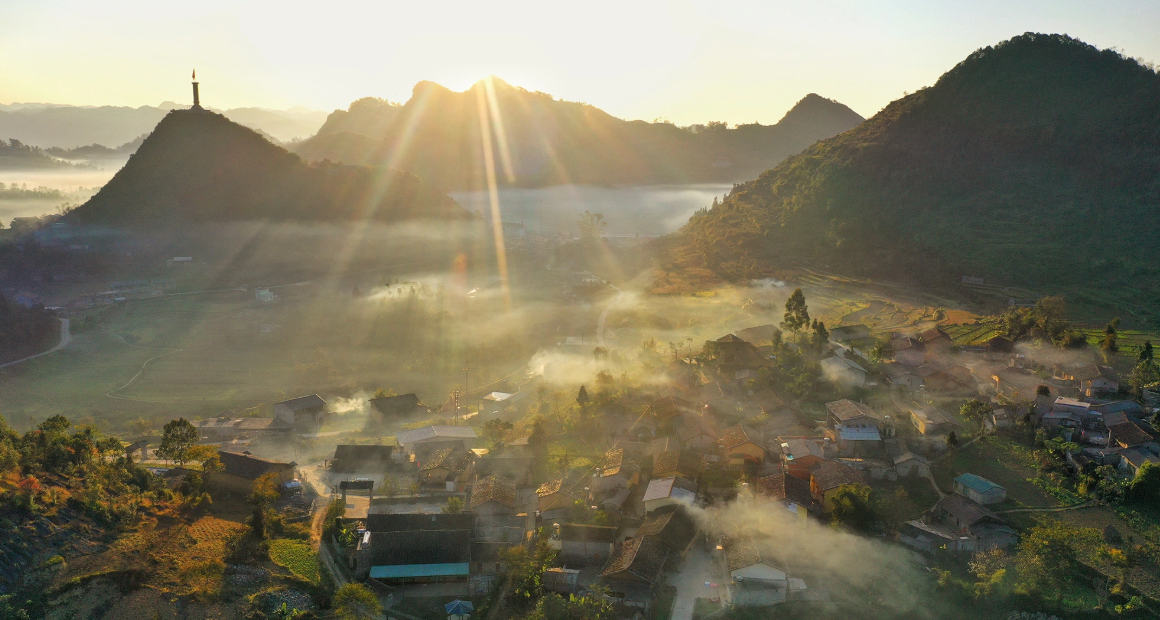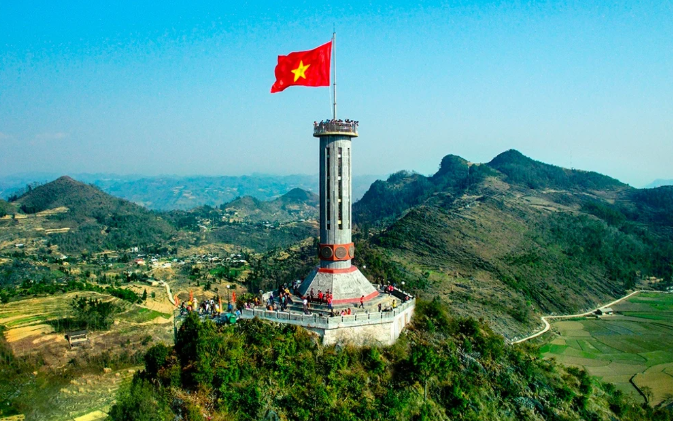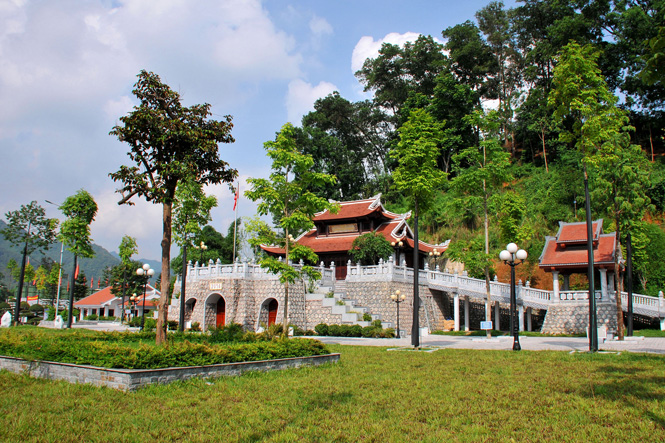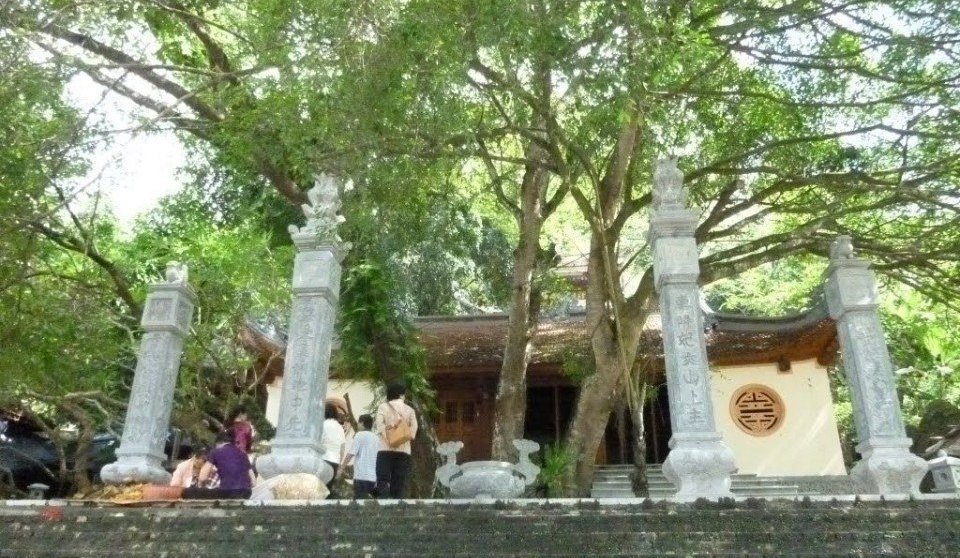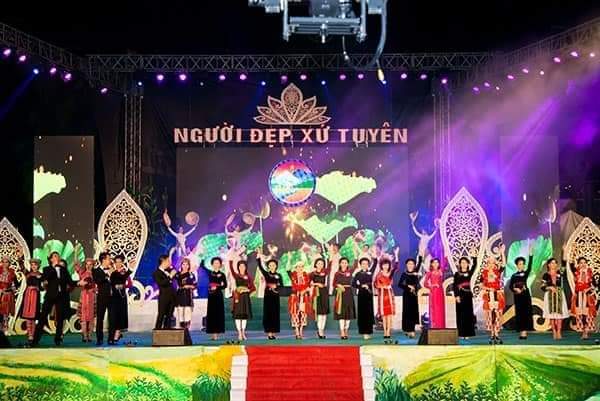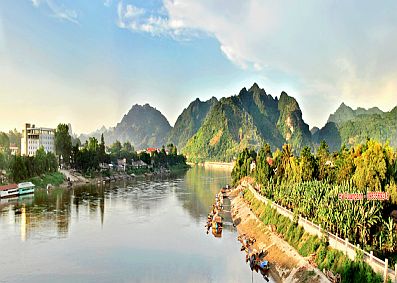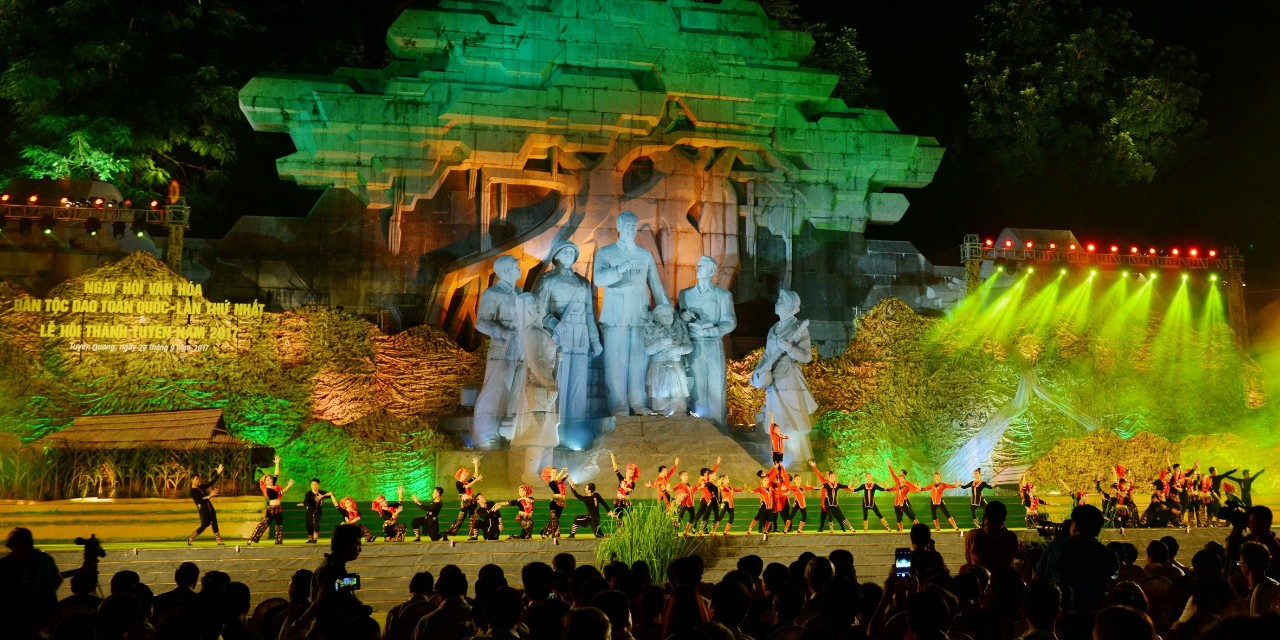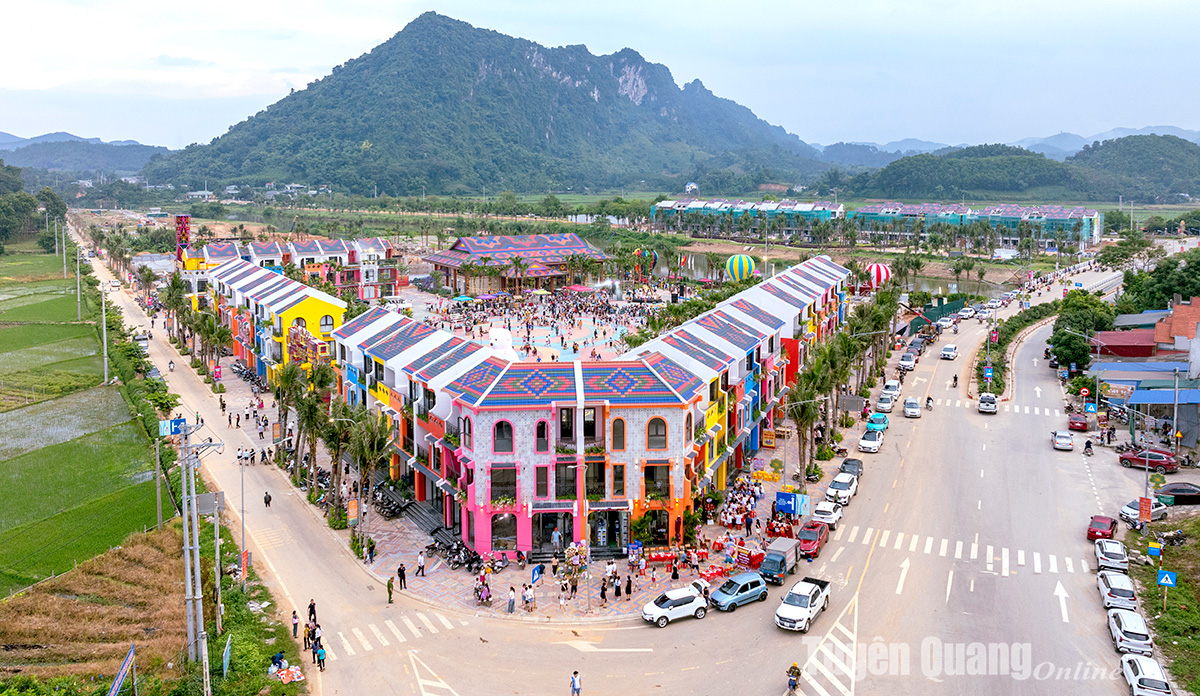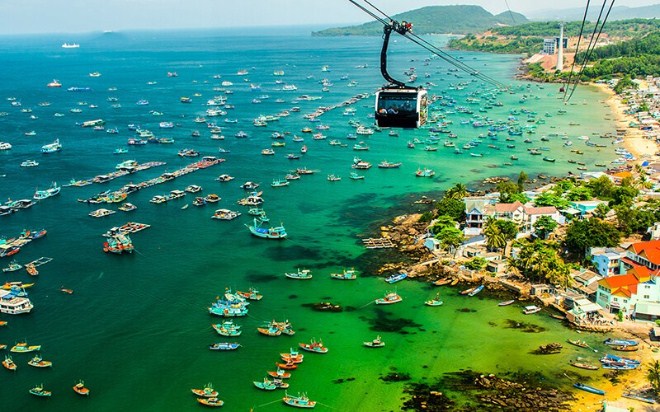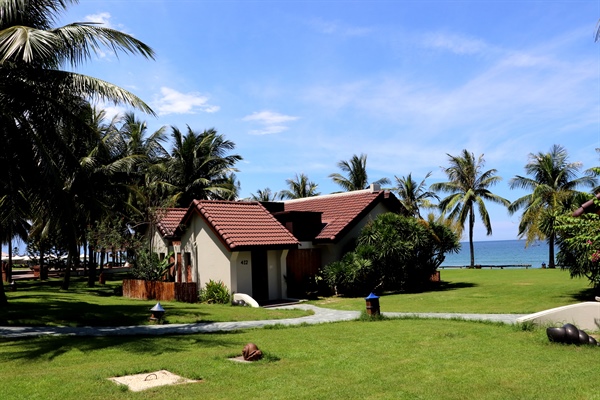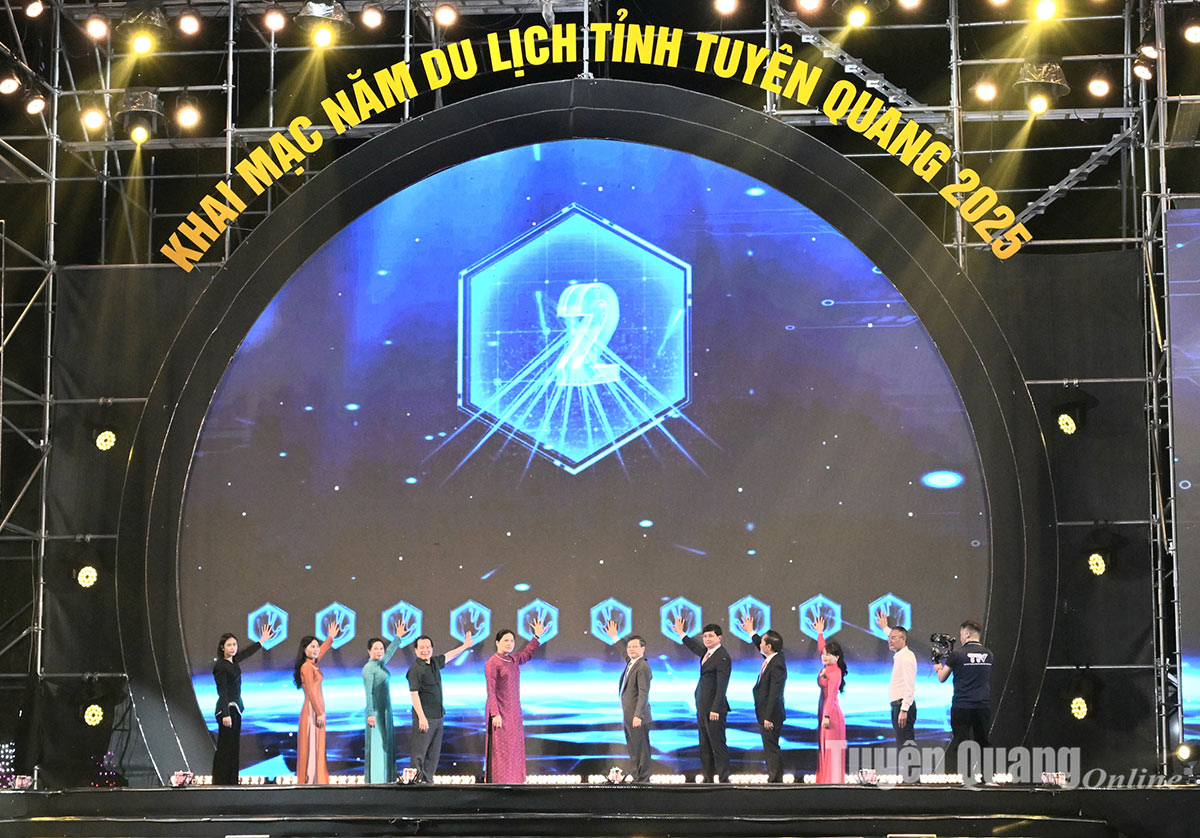X
The name Tuyen Quang appeared earliest in the ancient scriptures of our country in Le Tac's "An Nam Chi Toc" book, drafted in China in 1335. The book reads: "Quy Hoa Giang Van Yun, Tuyen Quang Thuy Tu Long Ma Tu, Da Giang Thuy Chang Long, in the name of Yen "(meaning: the water from Quy Hoa river flows from Van Nam, Tuyen Quang river water flows from the special Ma religion, Da river water from Chang Long flows, People have a confluence of rivers and name it that.) Perhaps at that time, the name Tuyen Quang originated from the name of a river, Tuyen Quang river (now Lo River) that the author later wrote: Cao Hung Trung (Minh Dynasty) wrote in "An Nam Chi Nguyen" : Tuyen Quang river in Mineral district, author Nguyen Van Sieu wrote in "Dai Viet Geography of the Border": Tuyen Quang River in the north of Giao Chau; author Dang Xuan Bang wrote in "History in question": Tuyen Quang River originated from the Hoa Hoa company.
In the Tran dynasty (XIII-XIV century), Tuyen Quang had the administrative name "Lo". The civilization engraved on the bell at Bach Hac Thong The holy place (Viet Tri, Phu Tho), cast in the 8th Dai Khanh year, under the reign of King Tran Minh Tong (1321), talked about the resistance war against Yuan army of the people and civilians Tran was as follows: "At the end of the winter of the year of Giap Than (1284) the Northern invaders (only Nguyen-Mong troops) came to invade. At that time, Khai Quoc Vuong Tran Nhat Duat defended at Tuyen Quang highways. River Bach Hac, he had his hair sworn oath with the god to give his whole heart to show his gratitude to the king ... ". Also according to Le Quy Don, until the end of the Tran dynasty, Tuyen Quang was also known as "Tran": Tran Tuyen Quang, the dynasty appointed the rank of Lieutenant General to dominate.
However, from the Tran dynasty back to Tuyen Quang's administration was not stable. At that time, Tuyen Quang was the land of ethnic minority chiefs, who took "Châu" as their own territory (the Châu Kimi), little dependence or loose dependence on the central feudal court, such as Chau Do Kim (now Ham Yen), Chau Vi Long (now Chiem Hoa) ... therefore, the Ly-Tran kings used the "far-reaching" policy to ensure border security. and keep the bloc of national unity.
When the Ming Dynasty ruled the country, our country put Tuyen Quang administration into "Phu" called Phu Tuyen Quang, then renamed Tuyen Hoa. Tuyen Quang Phu district now had 9 districts: Duong Dao, Van Yen, Binh Nguyen, De Giang, Thu Vat, Dai Man, Khoi, Duong and At. The head of the government is the governor, the head of the district is the district governor.
In the early Le dynasty (XV-XVI century), in order to strengthen the state management over the remote regions, in 1466, Le Thanh Tong divided our country into 12 religions, Tuyen Quang became a redundant religion consisting of one Government (the capital is Yen Binh), a district (Phuc Yen) and 5 continents: Thu Vat, Luc Yen, Dai Man, Binh Nguyen and Bao Lac. The leader of the Dutrayana is Dutthaya, under is Dichang. In 1469, when King Lê Thánh Tông redefined the 12-way map, the Propaganda of Tuyên Quang declared that there was 1 prefecture (Yên Bình), 1 district (Phúc Yên) and 5 continents: Thu Vàng, Lục Yên, Đại Man, Bình Nguyên and Bảo Lost; a total of 223 communes, 11 wards, 2 villages, 1 page, 7 caves. By the year of Hong Duc 21 (1490), Dao Thua Tuyen changed its name to Tuyen Quang, the government and district names remained unchanged.
When Gia Cong Cong Vu Van Mat had the merit of Le defeated Mac, he was ruled a large area of land including Tuyen Quang and Hung Hoa (Phu Tho and Vinh Phuc) named Dinh An Tay (The center was Dai Dong, now belongs to An Khang commune ". Vu family took part in 5 generations totaling 142 years from Vũ Văn Uyên in the 6th Yuan Dynasty (1527) to the 7th Canh Trị (1669). In 1669, Vũ Công Tuấn was on his way After the incident, the Le dynasty abandoned the collective power of the Vu family, dividing the area into 2 towns: Tuyen Quang and Hung Hoa, placed as governors before.
At the beginning of the Nguyen Dynasty (XIX century), the names of the administrative units of Tuyen Quang remained basically the same as in the Le Dynasty. In 1831, Emperor Minh Mang carried out administrative reform nationwide, Tuyen Quang became a province under the control of General Director Son-Hung-Tuyen. The geographic outline of Tuyen Quang province at this time was recorded by historians as follows: the North borders Yunnan, Guangxi (China), the South borders Doan Hung government, the West borders on Hung Hoa province, the East borders on the provinces Cao Bang, Thai Nguyen. The first Governor-General was the Great General Dich Trung Hoang Ke Viem. By the 16th Minh Mang (1833), the administrative area of Yen Binh was divided into 2 parts, namely Yen Binh and Yen Ninh, the districts of the Le period also changed:
1- Phu Yen: established in the 7th Quang Thuan year (1466) and kept its name through many historical periods, the boundary of the territory was very wide, including 2 continents: Thu Vat, Luc Yen and 2 districts: Ham Yen , Vĩnh Tuy.
- Chau Thu Vat: named after the Tran dynasty, Thu Vat, under the Ming and Le dynasties, the third Minh Mang year (1822) was renamed Thu Chau, including 8 cantons, 39 communes and villages, after the year. 1945 changed to Yen Binh district (now Yen Binh district, Yen Bai province).
- Châu Lục Yên: originally the European name from the Lê dynasty, belonging to Yên Bình province, consisting of 6 cantons, 27 communes and villages (now Luc Yen district, Yen Bai province).
- Ham Yen district: in the Dinh-Tien Le period (X century), it was called Soc Sung, the Ly dynasty was called To Mau, later changed to Do Kim, and under the Ming period, it was Van Yen district. At the beginning of the Le Dynasty, it was changed to Sung Yen district; in 1466 it was changed to Phuc Yen district (under Yen Binh government). In the third year of Minh Mang's reign (1822), it was changed to Ham Yen district, including 10 cantons, 62 communes, streets, ten thousand and camps (now Ham Yen district and a part of Yen Son district, Tuyen Quang city).
- Vinh Tuy district: which is the land of Vi Xuyen district. In 1833, Vi Xuyen district was divided into Vi Xuyen district (belonging to Tuong An district) and Vinh Tuy district, comprising 6 cantons, 28 communes and villages (now Hoang Su Phi district, Ha Giang province).
2- Yen Ninh palace: was established in 1833 due to the separation from Yen Binh government, until the second Thieu Tri (1842) changed Yen Ninh government into Tuong An district, including Chau Chiem Hoa and three districts: Vinh Dien and De Dinh. , Vi Xuyen:
- Châu Chiêm Hóa: from the Tran dynasty backwards, Châu Vi Long, under the Ming dynasty, was named Châu Đại Man. In the 14th year of Minh Mang's reign (1833), after the Nguyen Dynasty quelled the revolt of Nong Van Van prison, in 1835, it was changed to Chau Chiem Hoa, with 4 cantons, 40 communes, villages, streets, thousands and camps (now is Chiem Hoa district and Na Hang district).
- Vi Xuyen district: under the Ming dynasty, Binh Nguyen and Mac dynasty (XVI century) due to abstinence from the taboo name of the wife of King Mac, had to be changed to Vi Xuyen Chau, until the 14th Minh Mang year (1833), separated Vi district. Xuyen becomes two districts: right bank of Lo river is Vinh Tuy district, consisting of 6 provinces, 28 communes and villages (now Hoang Su Phi district, Ha Giang province) and left bank of Lo river is Vi Xuyen district, including 5 provinces and 31 communes. (now in Bac Quang district, Ha Giang province).
- Châu Bảo Lạc: the continent belonged to An Bình district from the Lê dynasty, until 1835 after pacifying the uprising of Nông Văn Vân, the Nguyễn dynasty renamed Châu Bảo Lạc and divided it into two districts: Tô Định, including 2 total, 9 communes and Vinh Dien, including 2 provinces, 11 communes (now Bao Lac district, Cao Bang province).
During the French colonial period, the administrative organization of Tuyen Quang province had many changes. On September 9, 1891, the Governor-General of Indochina issued a decree to establish four army officers in Tonkin, dividing the boundary of Tuyen Quang province into the 2nd Army and 3rd Army leaders. , Governor-general of Indochina issued a decree to re-establish Tuyen Quang province, the provincial capital located in Ỷ La commune, including: Phu Yen Binh, took Son Duong district of Son Tay province and merged into Tuyen Quang province; in 1913, Son Duong district was changed into Chau Son Duong. In 1916, Ham Yen district was divided into Yen Son district and Ham Yen district, Tuong An district was cut (former Yen Ninh) and three districts: Bao Lac (former), Vi Xuyen and Vinh Tuy were established as Ha Giang province, and Luc Luc was included. merged with Yen Bai province.
Before the successful August Revolution (1945), Tuyen Quang had 1 district of Yen Binh cum the four districts of: Yen Son, Ham Yen, Chiem Hoa, Son Duong, the center of the provincial capital was located in Ỷ La commune (Ham Yen). , the provincial court of residence located in the northeast of Tuyen Quang ancient citadel (the Mac dynasty) has a population of 8,591 people, filled 42,149 acres of land, and Man has 1,532 people.
